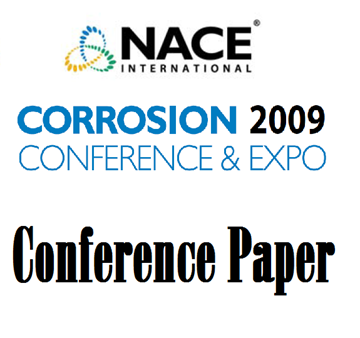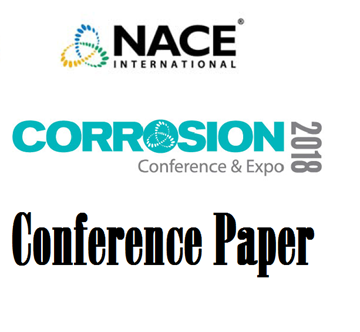Search
51315-5739-Effect of Temperature on the Repassivation Kinetics of Crevice-Corroded Nickel Base Alloys
Also Purchased
09427 Electrochemical Methods for Repassivation Potential Measurements
Product Number:
51300-09427-SG
ISBN:
09427 2009 CP
Publication Date:
2009
$20.00
51318-10816-Development of a testing method for crevice corrosion repassivation of Ni-Cr-Mo alloys by cooling
Product Number:
51318-10816-SG
Publication Date:
2018
$20.00
02133 TRANSPASSIVE CORROSION OF HIGH ALLOY STAINLESS STEELS AND NICKEL-BASE ALLOYS
Product Number:
51300-02133-SG
ISBN:
02133 2002 CP
$20.00




